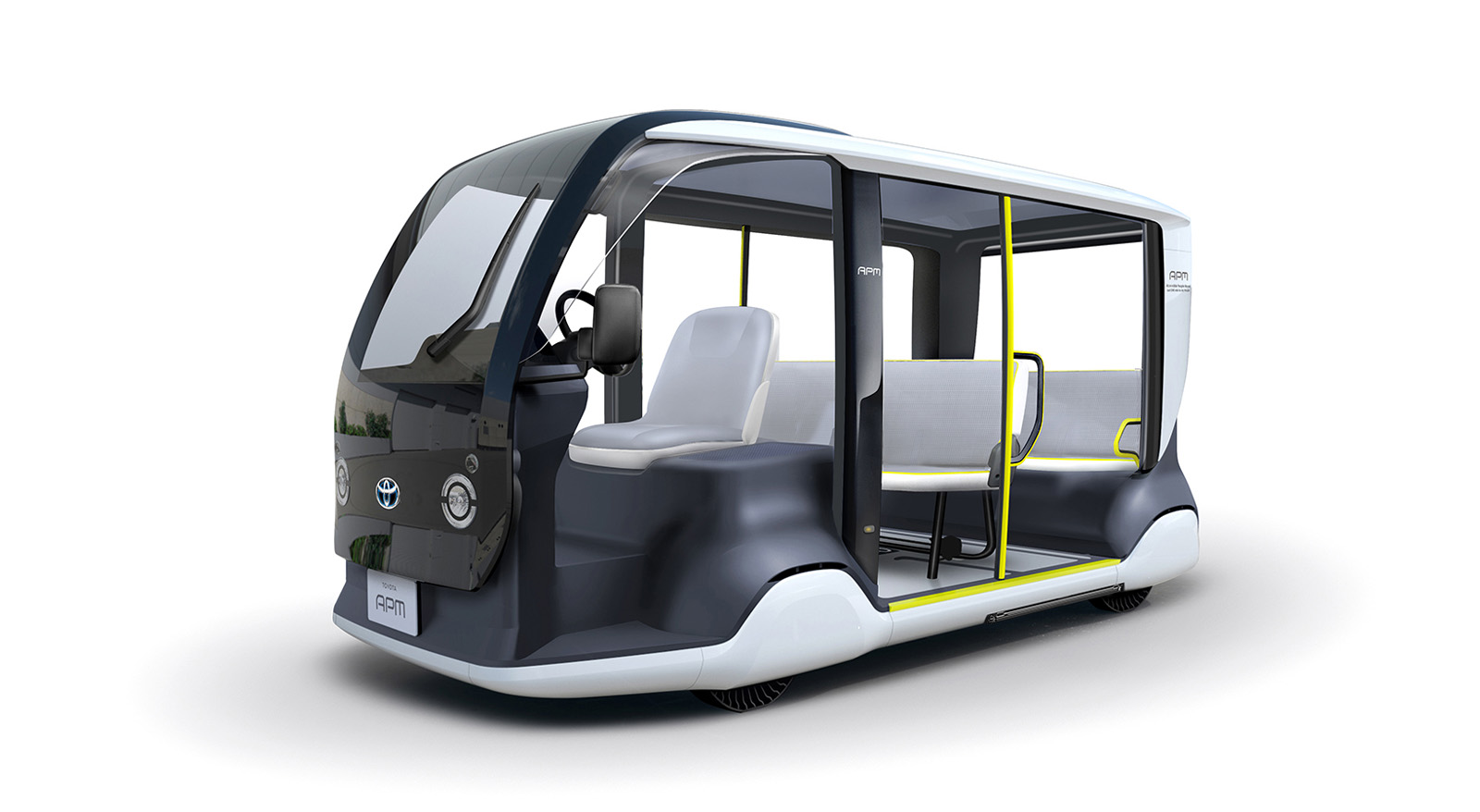
Next year Tokyo, Japan will play host to the Olympics and with a population of 13.9 million people, getting around becomes a real challenge. As the world watches on, Japanese-based Toyota is promoting new mobility options to help the thousands of athletes, fans and volunteers get around the city during the event.
Toyota has committed to providing a total of around 3,700 mobility products for Tokyo 2020. The majority, or nearly 90%, of the official vehicle fleet, will be electrified.
While we’d love to see this mean actual electric vehicles, instead this is the terminology used to describe Toyota’s fairly messy mix of vehicle power trains.
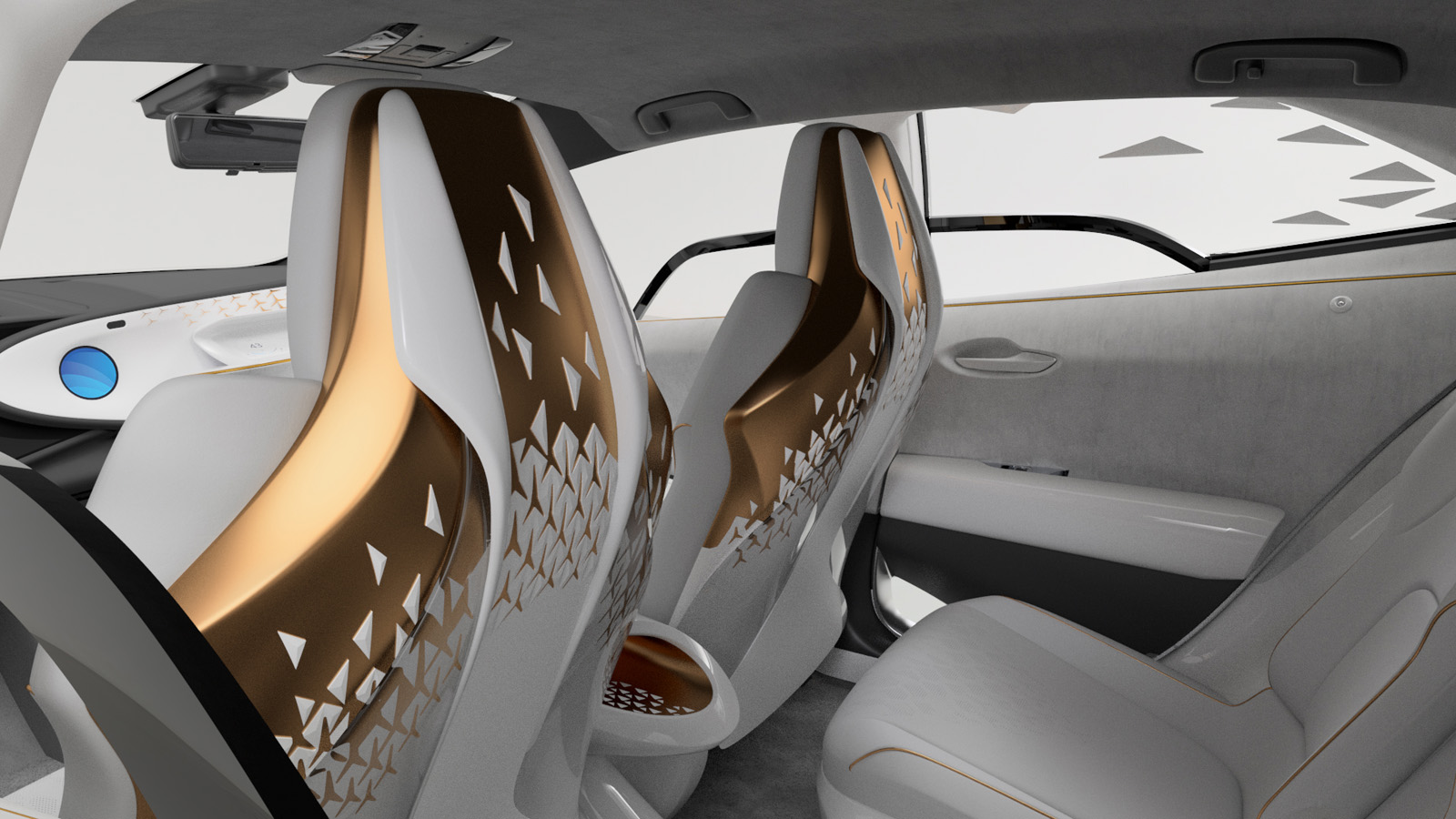

Electrified vehicles include Hybrid Electric Vehicles (HEV), Fuel Cell Electric Vehicles (FCEV), such as the hydrogen-powered Mirai, Plug-in Hybrid Electric Vehicles (PHEV), the Prius PHV (known as Prius Prime in some markets), and Battery Electric Vehicles (BEV), including the “APM” (Accessible People Mover).
While some models will be familiar to Toyota fans, others will be completely new. Tokyo 2020 will see the use of 200x Accessible People Movers (APMs). The e-Palette will allow for travel within venues for staff & athletes.
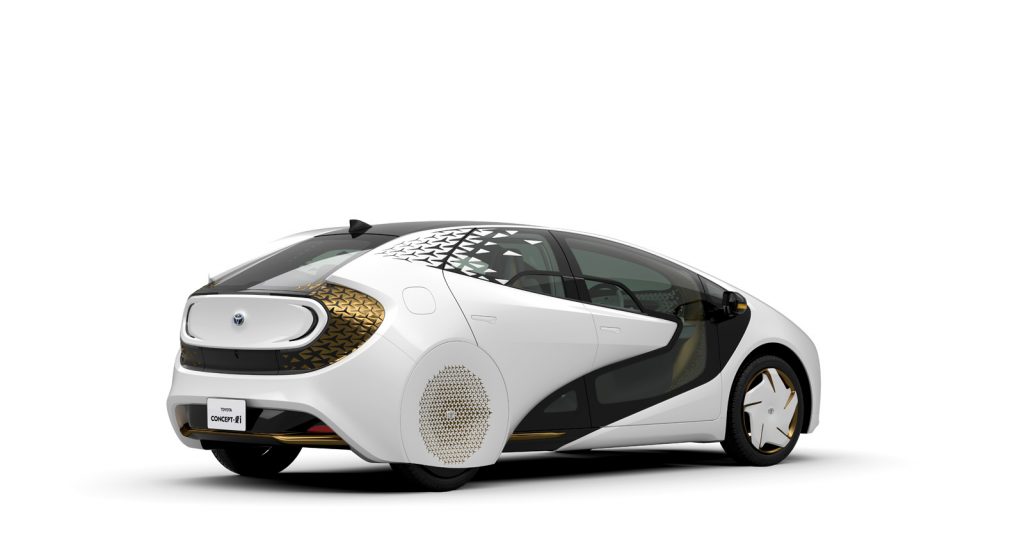

The Olympic games is a great platform to showcase to the world, just where Toyota is, in terms of autonomous vehicles. A concept that was revealed back in 2017, known as the TOYOTA Concept-i is also expected to make a show during the event.
While Toyota gave the world the Prius, it rapidly became a symbol for someone with too much money wanting to show that they’re being green, will the car had questionable environmental credibility. The future in 2019 is clearly electric, while Toyota appears to throw bets in every direction, which will ultimately end up hurting the company. Instead, they should shift R&D efforts to focus completely on the electrification of their vehicles and ditch the ridiculous hydrogen idea.
Among the electrified vehicles provided, Toyota will include approximately 500 FCEVs and approximately 850 BEVs, the largest of any fleet for a Games to date.
Furthermore, to help avoid collisions and reduce/mitigate potential damage or injury, all of the commercially-available vehicles for staff transportation support will come equipped with Toyota’s preventative safety technologies, including “Toyota Safety Sense” and “Lexus Safety System+”.
Additionally, nearly all the commercially-available vehicles will also be equipped with Intelligent Clearance Sonar (ICS), designed to assist with braking in the event of unintended misapplication of the acceleration pedal.
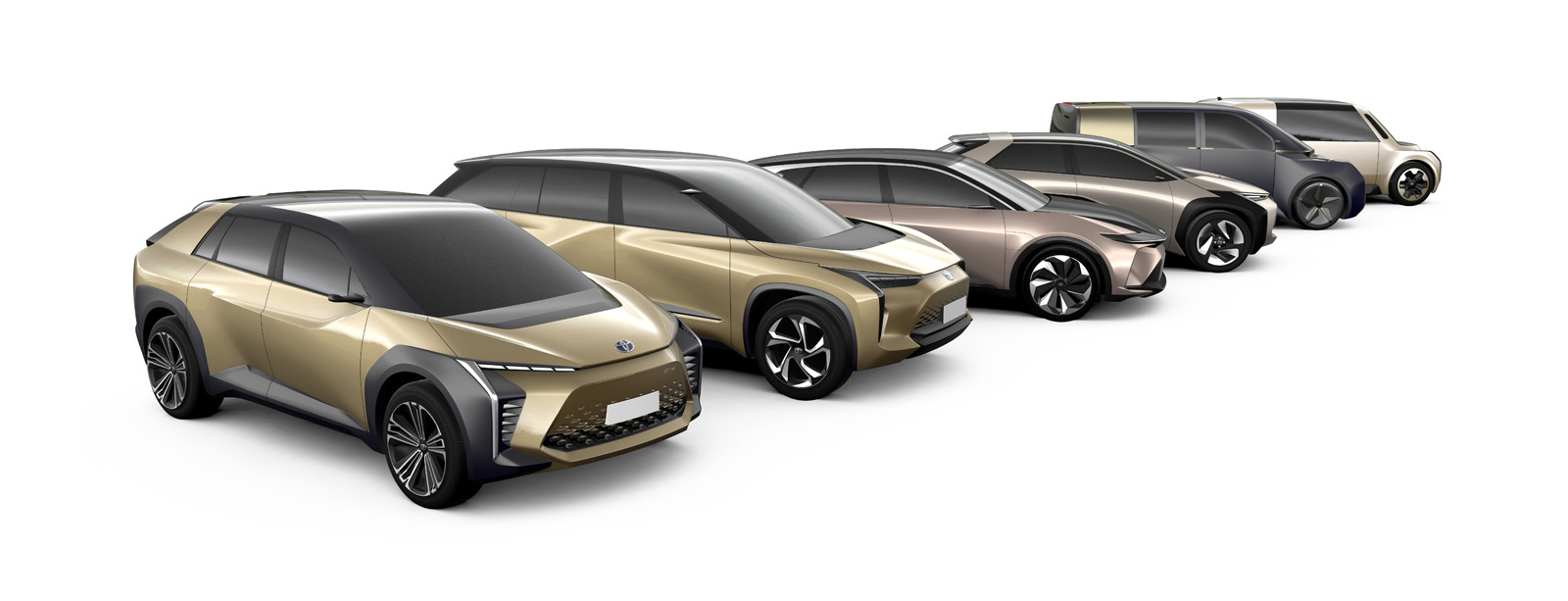

Aside from the official fleet, Toyota will also support Games operations with other vehicles, including the mass-transit Fuel Cell Bus “Sora”.
There will also be assistive vehicles that help lift passengers into their seats or are equipped with an attached slope to allow passengers with wheelchairs access to enter the vehicle via the back door, and other vehicles such as Fuel Cell Forklifts made and sold by Toyota Industries Corporation.
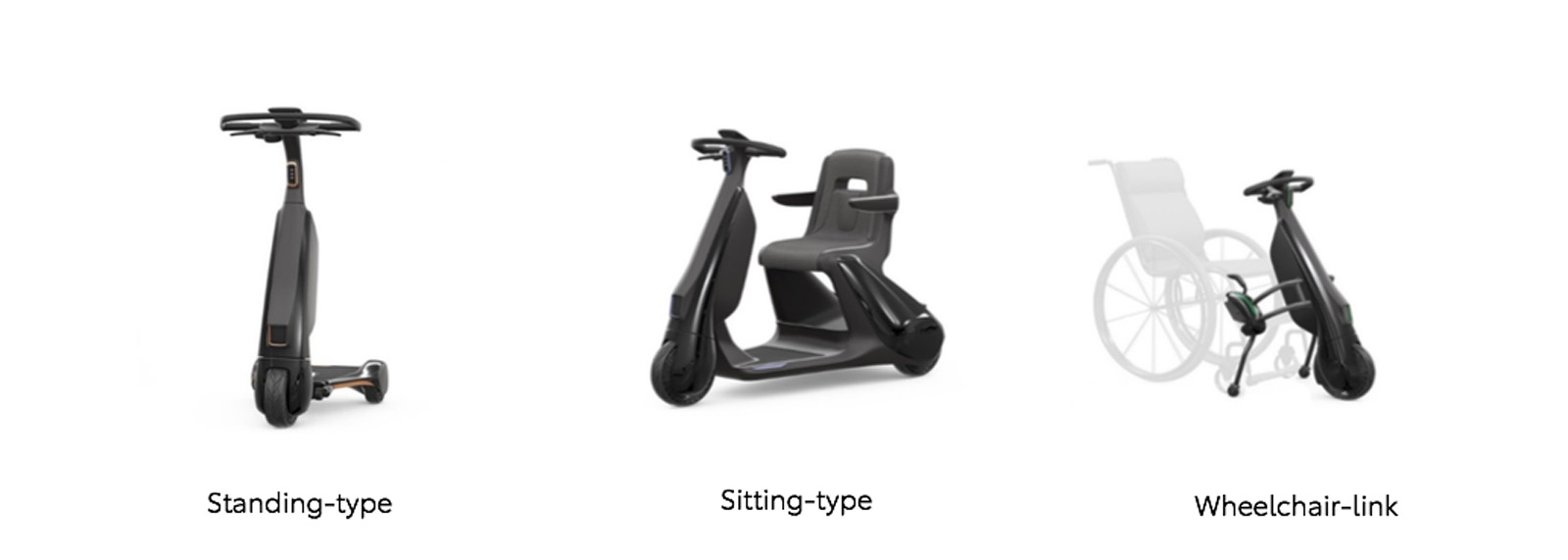

There is some light at the end of the tunnel for Toyota’s EV efforts.
Toyota has announced plans to gradually have more than 10 BEV models available worldwide by the first half of the 2020s, starting with a rollout in China in 2020.
From 2020, Toyota will introduce the C-HR/IZOA the first fully electric, battery-powered car into China. For a company that was early into hybrids, they’ve struggled to deliver EVs and Australia is still waiting, while the mindshare left years ago.
I wish Toyota well for the Olympics, but many people don’t think of the company for its innovation anymore. Back in 2015, I watched Toyota at CES, announced they were open sourcing their hydrogen patents, but only until 2020. This strategy effectively meant they wanted everyone to build the infrastructure, then when the term expired (next year), they turn on the money tap for patents.
Sorry Toyota, that’s not a viable business model going forward. Evidenced by the fact there’s been almost no take-up, this has proven to be a bad idea.
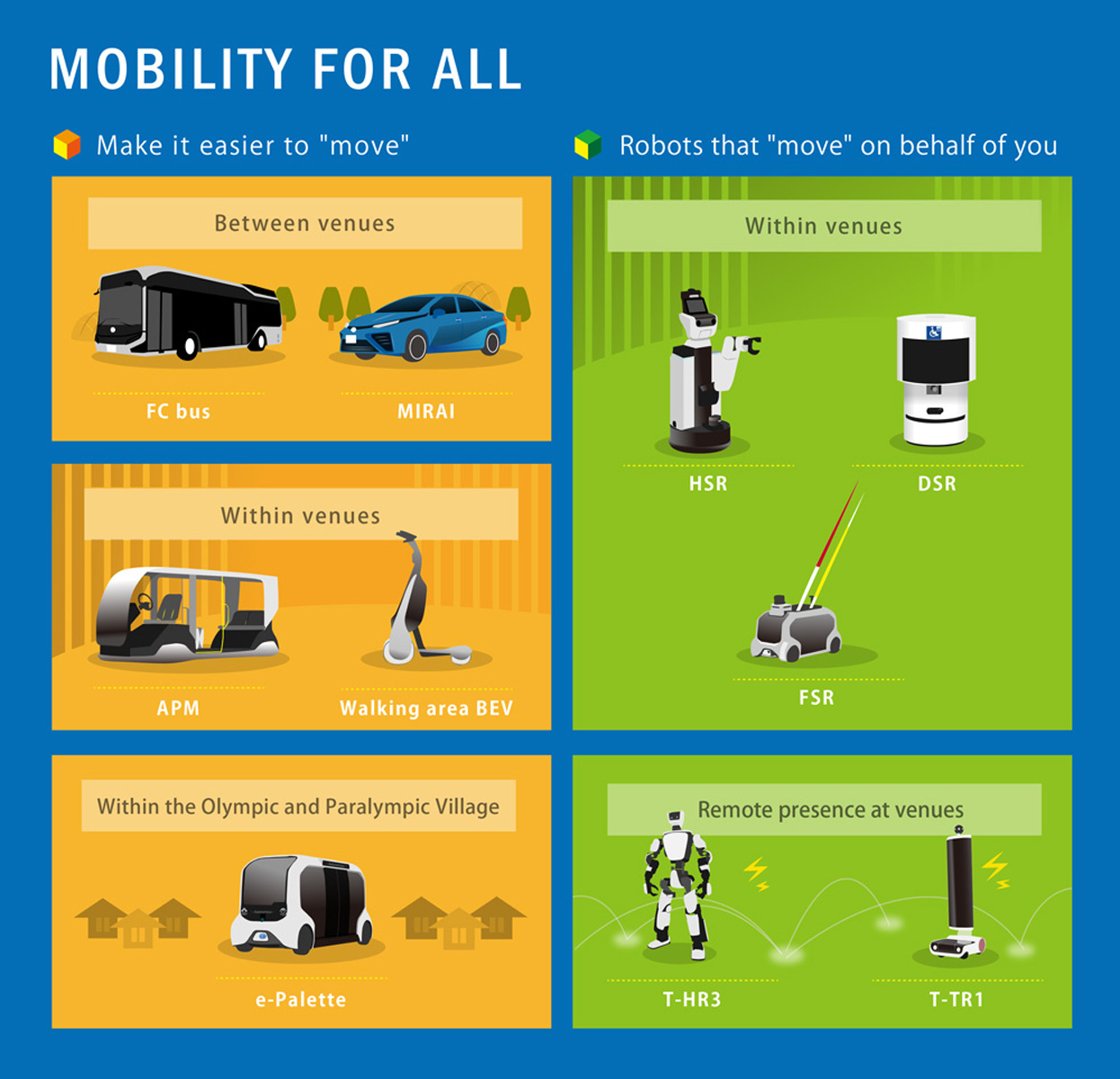

Via JetCharge
